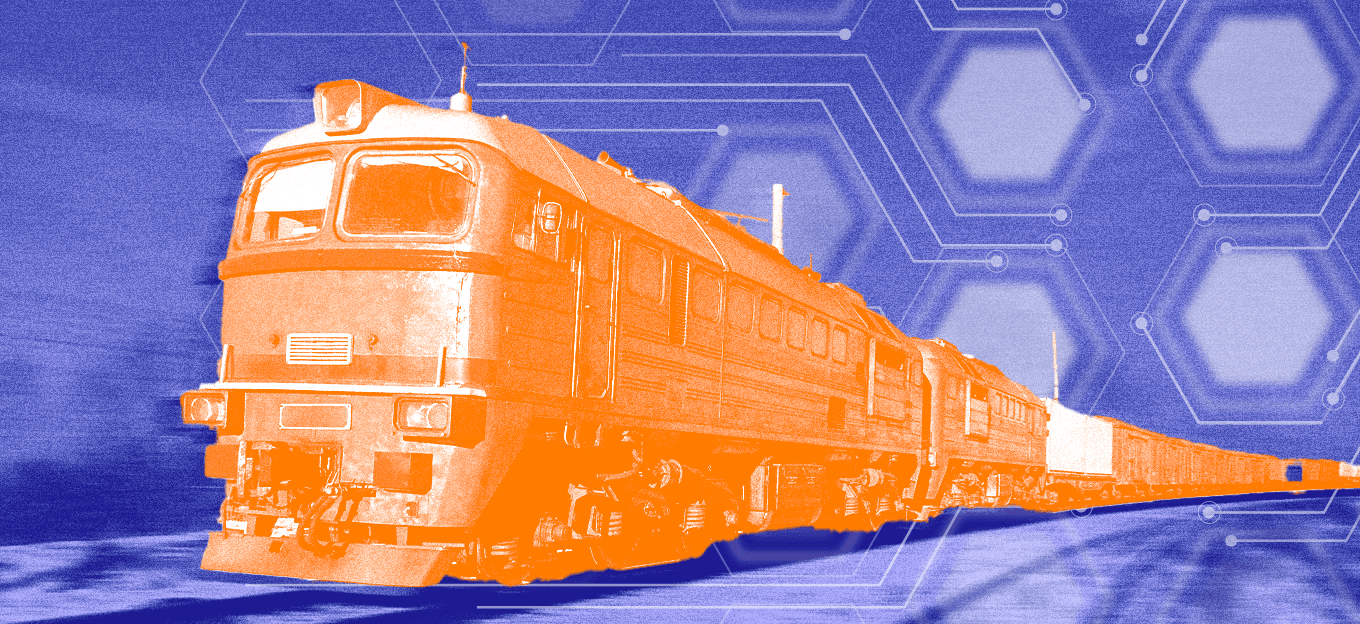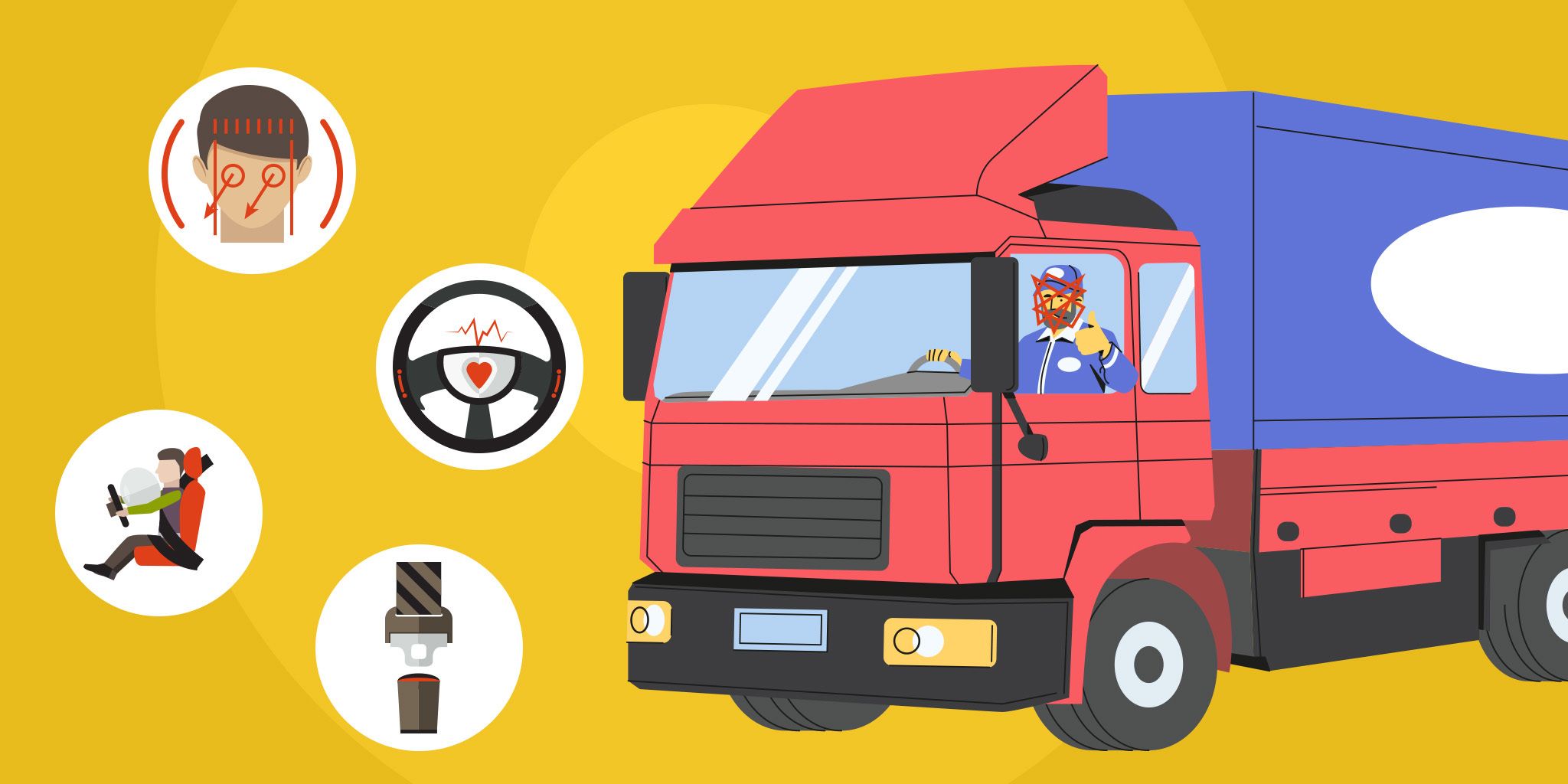IoT Technology Leads to Lower Car Insurance Premiums and Safer Roads
IoT Technology Leads to Lower Car Insurance Premiums and Safer Roads
- Last Updated: December 2, 2024
melita.io
- Last Updated: December 2, 2024



The car insurance industry has traditionally relied on calculating risk and settling claims. The extent to which insurance companies use risk-based pricing can vary significantly but, generally speaking, there are no limits on how much premiums can rise based on an insurer’s perceived risks, such as a driver’s claim history, the driver’s age, the vehicle’s value, and even its sturdiness and speed.
The Internet of Things (IoT) and data sources have given rise to new forms of car insurance, which can provide more personalized pricing based on an individual’s actual driving behavior. In these models, drivers who demonstrate safer driving habits are rewarded with lower premiums, while those who engage in riskier behavior may see their premiums go up.
"The Internet of Things (IoT) and data sources have given rise to new forms of car insurance, which can provide more personalized pricing based on an individual’s actual driving behavior."
-melita.io
The insurance industry is evolving rapidly in response to these new technologies. IoT technology and telematics have transformed the way car insurers assess risk, particularly for young and inexperienced drivers who have traditionally been considered high risk.
By using sensors and other IoT devices installed in a customer's car, insurance companies can collect and analyze real-time data on driving behavior, such as speed, acceleration, braking, and cornering. This data can be used to create a more accurate profile of the driver's risk level and to tailor insurance premiums accordingly.
For young and inexperienced drivers who may have limited driving histories, telematics can provide a more accurate picture of their driving habits than relying solely on demographics or historical records. This can help to reduce the unfair discrimination that young drivers have often faced in the past.
In addition, this IoT solution can also encourage safe driving behavior by providing feedback and coaching to drivers based on their performance data. This can lead to fewer accidents and claims, which in turn can lead to lower premiums for drivers who demonstrate safe driving habits.
In addition, the psychological consequences of knowing that one's driving is being monitored can indeed lead to better driving habits. This is often referred to as the "feedback loop" effect, where drivers who receive real-time feedback on their driving behavior are more likely to be aware of their actions on the road and adjust their behavior accordingly.
While the sensors ensure a driver’s privacy by not recording geo-location, they record other pertinent data such as the car’s speed, distance, acceleration, and braking speed. All this is transmitted via a LoRaWAN or Narrowband (NB-IoT) network in real-time to the insurance.
Overall, IoT technology has opened new possibilities for car insurance companies to assess risk and provide more personalized and fair insurance products to customers, including young and inexperienced drivers. Moreover, the use of telematics data in determining fault in accidents can be extremely beneficial for insurance companies, as it provides objective and accurate data that can help to settle claims more efficiently and effectively.
Fleet managers have indeed been among the early testers of this IoT technology, as it provides them with a range of benefits beyond just insurance savings. It can also help them to optimize routes, monitor driver behavior, and improve overall fleet efficiency.
The insurance industry has traditionally been viewed as conservative and slow to adapt to new technologies. However, the advent of IoT and telematics has provided significant incentives for the industry to embrace disruption and develop more innovative and personalized insurance products for customers.
Overall, the use of IoT and telematics technology in the car insurance industry has the potential to improve road safety, reduce insurance costs, and provide more personalized and fair insurance products for customers.
The Most Comprehensive IoT Newsletter for Enterprises
Showcasing the highest-quality content, resources, news, and insights from the world of the Internet of Things. Subscribe to remain informed and up-to-date.
New Podcast Episode

IoT and AI in 2026
Related Articles





